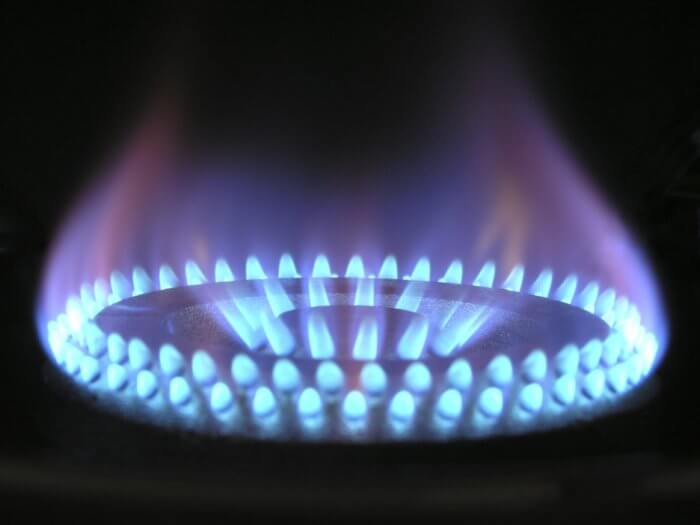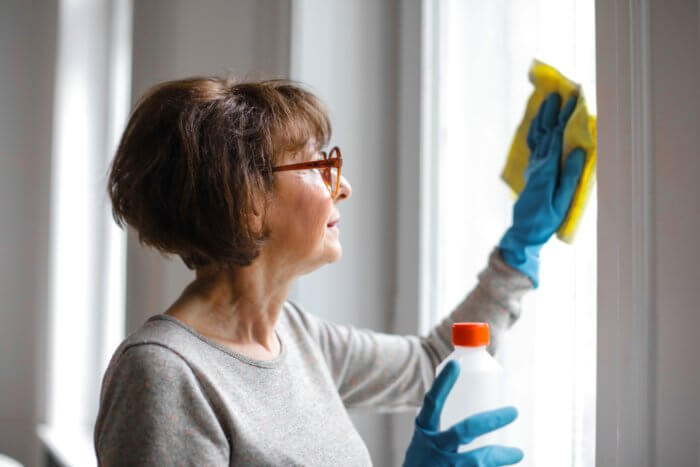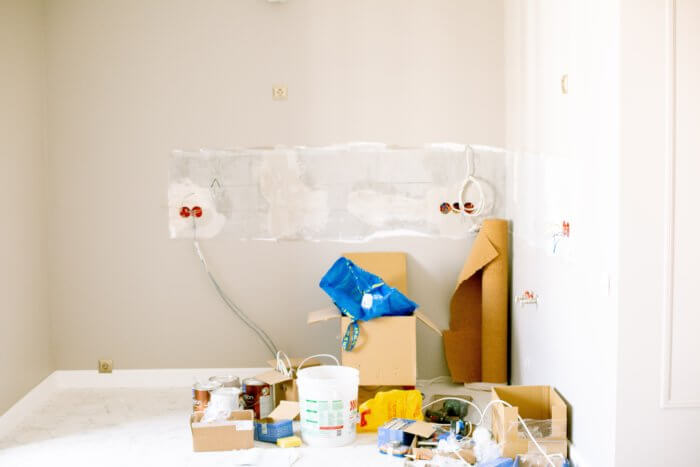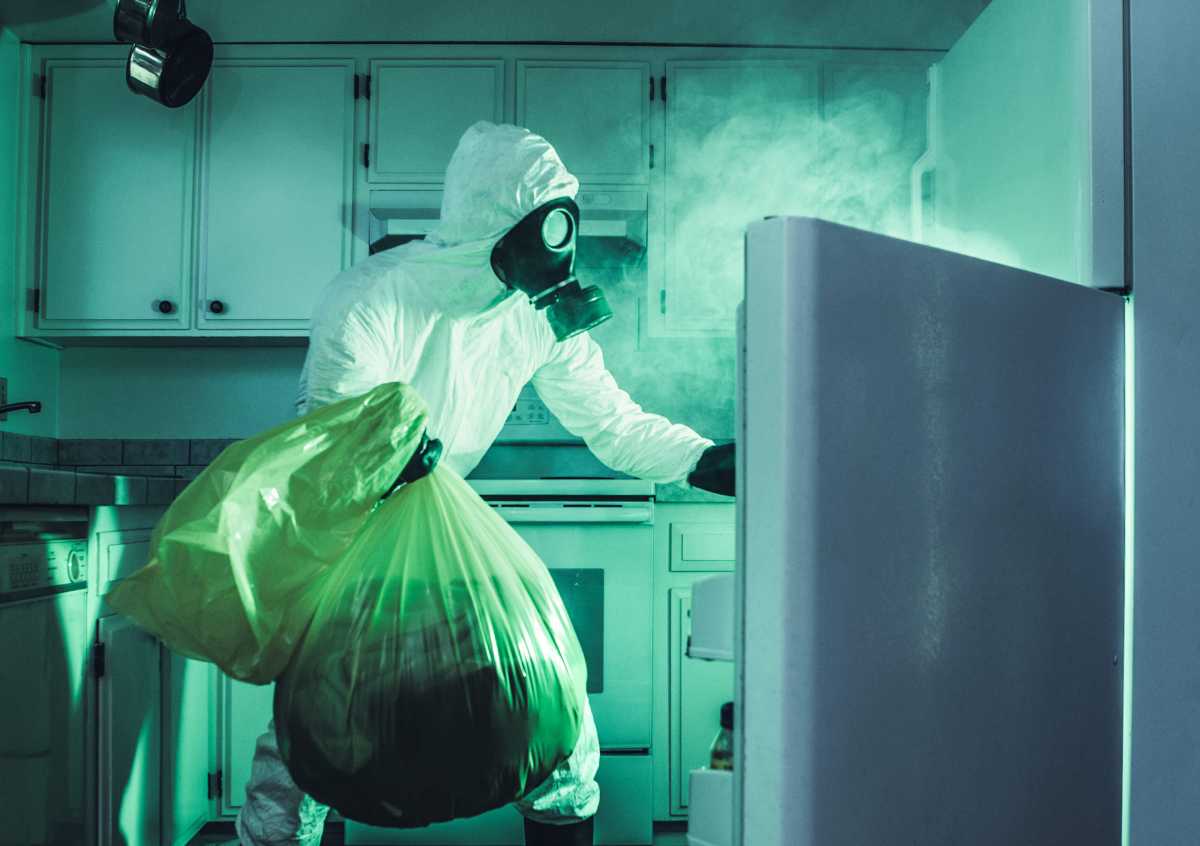By Daniel Casillas
Outdoor air pollution causes more than 8.8 million premature deaths each year, according to a recent study published in the European Heart Journal. However, indoor pollution is also a big problem, triggered by such common actions as cleaning or cooking.
“Indoor air pollutant sources are important modifiers of air quality and can increase dramatically the pollutant levels and their impact on our health and wellbeing”, Sani Dimitroulopoulou, senior environmental scientist within the Air Pollution and Climate Change Group, Environmental Change Department in Public Health England, explained to Metro.
According to the most recent data published by the World Health Organization, in 2016, indoor air pollution was responsible for 3.8m deaths, and 7.7 per cent of global mortality. In addition, the U.S. Environmental Protection Agency (EPA) stated that levels of indoor air pollutants can be two to five times higher than outdoor ones.
“Volatile organic compounds (VOCs) are emitted as gases from certain solids or liquids. VOCs include a variety of chemicals, some of which may have short- and long-term adverse health effects. Concentrations of many VOCs are consistently higher indoors (up to ten times higher) than outdoors,” the EPA study ‘Volatile Organic Compounds’ Impact on Indoor Air Quality’ says.
EPA also found that the levels of about a dozen common organic pollutants were 2 to 5 times higher indoors than outdoors, and that the high concentrations can persist in the air long after the activity has been completed.
Exposure to indoor pollution has increased during the quarantine implemented around the globe due to the COVID-19 pandemic. Data by Airthings, a Norwegian manufacturer of smart air quality monitors, revealed that only in the United States, average CO2 levels increased by 15 per cent after people were forced to work from home.
“In some cases, home isolation could have led to greater exposure to poor IAQ (Indoor Air Quality), with risks potentially exacerbated by health and social inequalities,” Dimitroulopoulou added.

Metro asked an expert, Sani Dimitroulopoulou Senior Environmental Scientist within the Air Pollution and Climate Change Group, Environmental Change Department in Public Health England, to better understand the issue:
How important is indoor air quality?
Indoor air quality is the quality of air within buildings. It is affected, first, by the outdoor air quality and by urban planning that defines the dispersion processes and hence the concentrations of the pollutants on the building façades. It is also determined by the building characteristics, such as airtightness and ventilation that define the penetration (ingress) of outdoor air indoors. Indoor air pollutant sources are important modifiers of indoor air quality and can increase dramatically the air pollutant levels and their impact on our health and wellbeing.
How important is it to have good levels of indoor air quality now that many people are quarantined due to the COVID-19 pandemic?
Self-isolation measures have led to people spending significant periods indoors at home. Before the COVID-19 outbreak, evidence from the National Institute for Health and Care Excellence (NICE) and the Royal College of Paediatrics and Child Health (RCPCH) highlighted the health risks of poor indoor home air quality. Indoor air pollutants (including nitrogen dioxide, damp, mould, particulate matter and VOCs) can trigger or exacerbate asthma, other respiratory conditions or cardiovascular conditions.
The major sources of indoor air pollutants are emissions from building and construction materials, furnishing and consumer products as well as occupant activities such as cooking, smoking, candle use, domestic burning of solid fuels, use of consumer products and moisture related activities.
How to avoid indoor air pollution?
Reducing damp and condensation, increase ventilation and avoid activities that increase levels of indoor air pollutants.
How to maintain a better indoor air quality? According to the EPA it is necessary to:
-Increase ventilation when using products that emit volatile organic compounds
-Do not store open containers of unused paints and similar materials
-Use integrated pest management techniques to reduce the need for pesticides
-Use household products according to the manufacturer’s instructions
-Make sure to provide plenty of fresh air when using these products
-Dispose of unused or underused containers safely; buy in quantities you will use soon
-Keep them out of reach of children and pets
-Never mix home care products unless indicated on the label
Four common household pollutants
Kitchen:

Burning fuels such as wood, gas or oil can release VOCs, as well as small particles called PM2.5, which are emitted during combustion.
Cleaning:

When we clean our homes, we may be making the air we breathe dirty. VOCs from the fragrances used in cleaning products evaporate into the air at room temperature, forming vapors that we breathe.

Painting and home improvement:
The smell of fresh paint or new furniture can be a sign of VOCs such as benzene and formaldehyde, which can remain in the air.

Self care:
Personal care products such as hairspray, lotions and perfumes can also be culprits, as they can emit polluting gases into the air of your home.
































